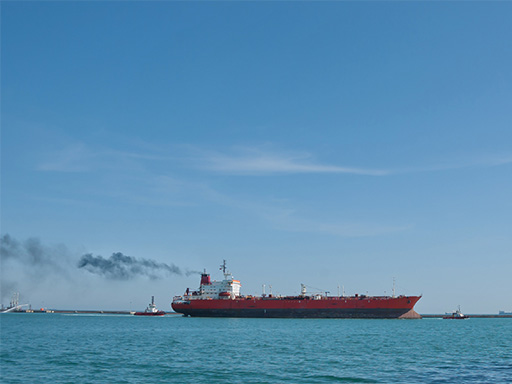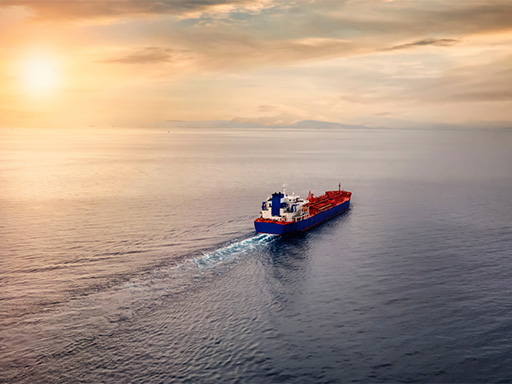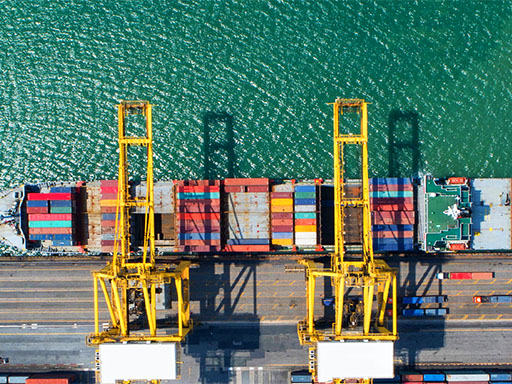Reducing GHG emissions

The European Green Deal is the roadmap for the European Union to achieve climate neutrality by 2050. To support it, a package of new and revised legislation, known as Fit for 55, sets out how the EU intends to reduce its net greenhouse gas emissions (GHG) by at least 55% by 2030. Included in this legislative package is the maritime transport sector.
Despite being one of the most energy-efficient modes of transport, maritime transport constitutes an important source of greenhouse gas (GHG) emissions. At EU level, maritime transport represents 3 to 4% of the EU’s total CO2 emissions, and 14.2% of all CO2 emissions from the EU transport sector as a whole.
The Fit for 55 package contains several measures to address the climate impact of maritime transport, including: changes to the MRV Regulation for maritime transport that has operated in the European Union since 2018; the extension of the EU Emissions Trading System (EU ETS) to maritime transport; measures to boost the take-up of alternative and renewable fuels (Fuel EU Maritime) by the maritime transport sector, as well as alternative fuel infrastructures.
This section contains relevant information on the new measures.
For any questions relating to the revised MRV Maritime Regulation, the extension of the EU ETS to maritime, and the FuelEU Maritime Regulation, please contact fitfor55@emsa.europa.eu








